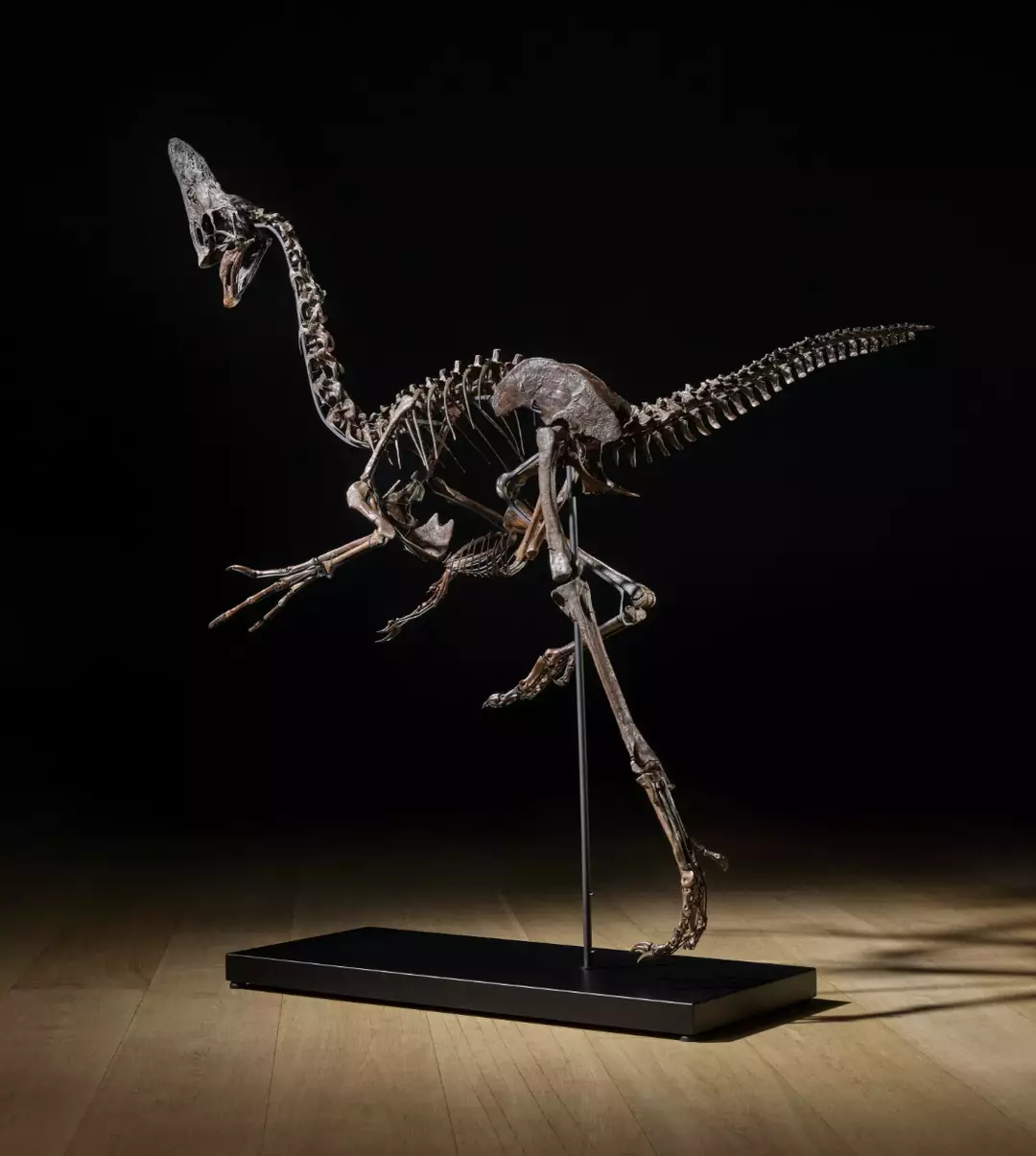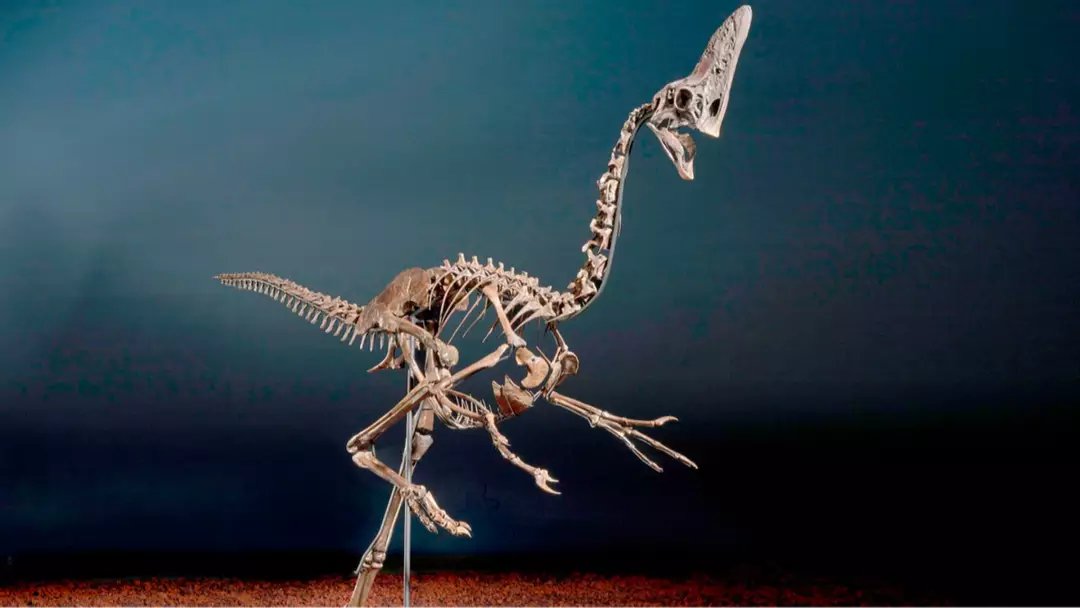Dinosaur aficionados may want to prepare their wallets, as a 68-million-year-old dinosaur skeleton is soon to be auctioned.
Spike the Caenagnathid will be available for bidding in the next few weeks at Christie’s, a prominent British auction house located in London.
According to EBSCO, Spike was originally a small, carnivorous dinosaur that roamed Late Jurassic Europe. This creature, when alive, measured between 0.8 to 1 meter in length and weighed around 2 to 2.8 kilograms.
Christie’s notes that Spike once had a significant amount of feathers. The skeleton remained hidden for approximately 66 million years before being meticulously reconstructed.
The remains were unearthed in the Hell Creek Formation in South Dakota, USA, in 2022.

The auction house states: “A recent discovery from the 2022 field season, Spike, comprises approximately 100 beautifully preserved fossil bones that tell the story of a sub-adult dinosaur that is 68 million years in the making.”
Christie’s further explains, “It has recently been determined that this family of dinosaurs were heavily feathered, and a rare marking on Spike’s wrist might be further evidence of this. Since the first Caenagnathid was published in 1940, only a handful of comparable specimens have been discovered – and none have ever come to auction until now.”
Spike is slated for auction on December 11, with expectations that it could sell for between £3,000,000 and £5,000,000 (approximately $3,958,890 to $6,598,150 at current exchange rates).

James Hyslop, Head of Department, Science & Natural History at Christie’s, expressed his enthusiasm about the sale: “Spike is a truly exceptional specimen, and it is a great honour to present him here at Christie’s. We’re looking forward to welcoming visitors to King Street to meet Spike in person.”
He added, “Through Christie’s Select, collectors and enthusiasts will also have the opportunity to explore Spike in immersive VR, experiencing this epic dinosaur in their own environment – from anywhere in the world.”
The Telegraph reports that Spike is closely associated with the Anzu wyliei, commonly dubbed the ‘chicken from hell’. These dinosaurs had a distinctive “large, hen-like crest on its head, long legs like a cassowary, sharp claws on its forelimbs and jaws built for capturing prey”.
Hyslop noted the rarity of such specimens, stating, “Most of the fossils in this group are described from a single arm, or a solitary bit of beak, it’s a very bitty data field, so having 100 bones is unprecedented,” he elaborated. “They are much smaller than other dinosaurs, so less likely to be preserved, and it’s tasty so it would have been scavenged after death.”

